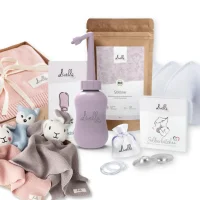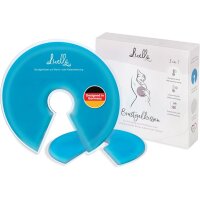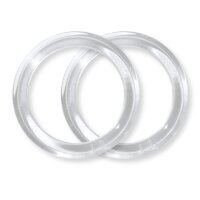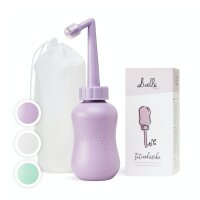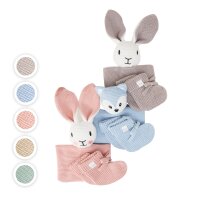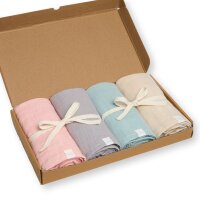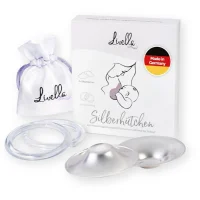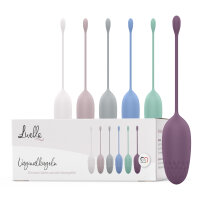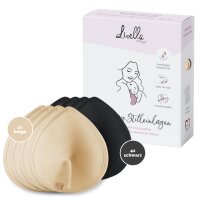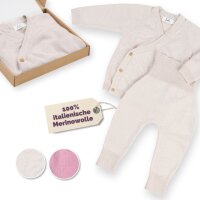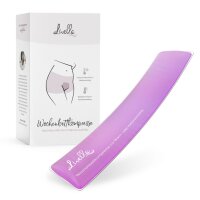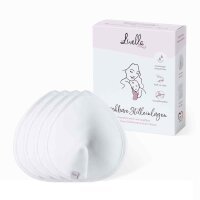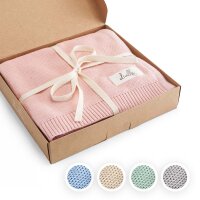The first spoonfuls of purée are an exciting milestone for many families: introducing solids marks the beginning of a new and adventurous phase in your baby's nutrition.
Alongside breastfeeding or bottle-feeding, your baby can now explore new foods – a big step in their development!
In this article, you'll learn when the right time for introducing solids is, how to get started, and what to keep in mind to ensure your baby transitions into the world of food happily and healthily.
Table of content
Why is Introducing Solids Such an Important Milestone?
When is the Right Time to Start Solids?
How to Start Introducing Solids
Which Foods Are Suitable for Starting Solids?
How to Maintain Breastfeeding During the Introduction of Solids
Common Challenges and Solutions
When Should You Seek Medical Advice?
Summary: Key Points for Introducing Solids
FAQ – Frequently Asked Questions About Starting Solids
Why is Introducing Solids Such an Important Milestone?
Starting solids means your baby will begin to absorb nutrients beyond breastmilk or formula.
Nutrients such as iron, zinc and essential vitamins become increasingly important for growth. But it’s not just nutritional – this stage also supports motor and emotional development: your baby learns to experience new textures, feed themselves and participate in family meals.
Breastmilk or formula remains the main source of nutrition at this stage – solids are introduced to complement, not replace, milk feeds.
You can learn more about the emotional importance of bonding and mealtimes here: Breastfeeding and Bonding.
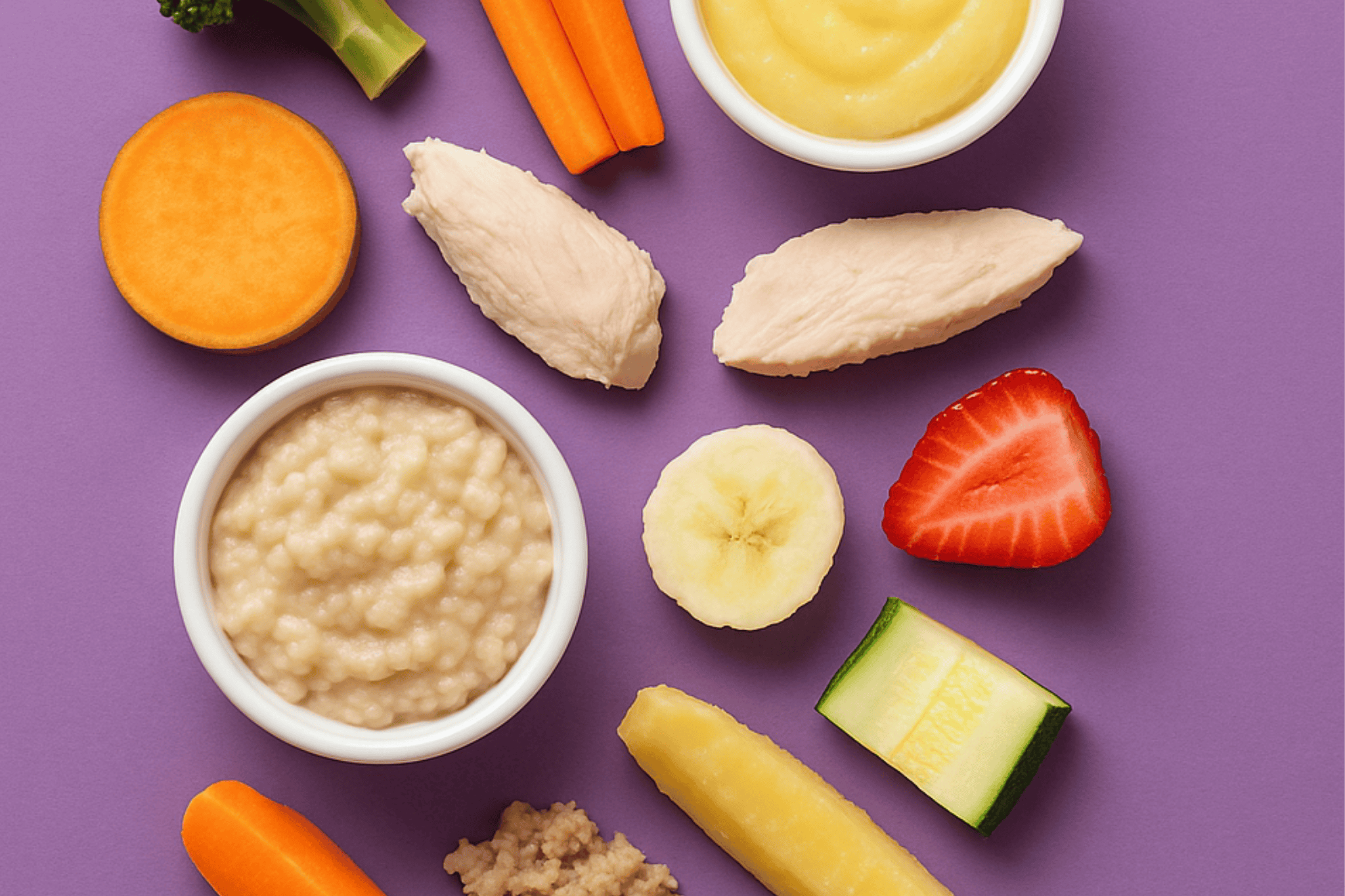
When is the Right Time to Start Solids?
According to the World Health Organization (WHO), babies should be exclusively breastfed for the first six months.
After that, you can slowly start introducing solid foods – depending on your baby's individual development and readiness.
Signs that your baby might be ready for solids:
- Can sit up with little support
- Shows interest in food (e.g., watches you eat with curiosity)
- Can move food to the back of the mouth and swallow it (rather than pushing it out)
- Reaches for and attempts to bring food to their mouth
Most babies are ready to start between the completed fourth and sixth month.
How to Start Introducing Solids
Patience is key: every baby develops at their own pace, and it's perfectly normal if things don't go smoothly straight away.
Basic guidelines for introducing solids:
- Breastfeeding or formula remains the main source of nutrition
- Start with one meal a day, preferably late morning or lunchtime when your baby is well-rested
- Offer just a few spoonfuls at first, then continue breastfeeding or bottle-feeding as usual
- Gradually replace meals over time – don’t rush the process
By the way: even as you introduce solids, extended breastfeeding brings many benefits for both mother and child.
You can read more about it here: Extended Breastfeeding.
Which Foods Are Suitable for Starting Solids?
It’s best to begin with easily digestible, well-tolerated foods.
Traditional Weaning Approach (Purée Feeding):
- Vegetable purée: Carrot, parsnip, pumpkin or courgette are ideal starters
- Potato or mild cereal purée: such as millet or oats
- Meat: Lean beef or poultry to provide essential iron
- Fruit purée: After a few weeks, mild fruits like apple or pear
Alternative Approach – Baby-led Weaning (BLW): Instead of purées, offer your baby soft, manageable pieces of solid food they can pick up themselves.
Suitable examples include cooked carrot sticks, sweet potato pieces or soft pear slices.
Important: Always supervise your baby closely and offer only soft foods to minimise choking risk when practising baby-led weaning.

How to Maintain Breastfeeding During the Introduction of Solids
Even with the introduction of solids, breastmilk (or formula) continues to be your baby's primary nutrition source throughout the first year.
The WHO recommends breastfeeding up to at least the first birthday and beyond, as long as mother and child wish.
It's essential to remember that solids are complementary – they do not replace milk feeds immediately.
Breastfeeding on demand remains perfectly normal, even as your baby begins eating purées or finger foods.
During this transition, your baby might eat varying amounts of solids on different days, but breastmilk will still reliably supply the essential nutrients needed for healthy growth.
Patience is vital: allow your baby time to adjust to new textures and flavours.
The goal is to gently combine breastfeeding with the introduction of solids to create a smooth transition.
For more guidance on gently weaning your baby, see: Weaning.
Common Challenges and Solutions
My baby refuses solids – what should I do?
- Stay calm and try again in a few days
- Offer different flavours or textures
- Let your baby set the pace – no pressure!
Solids cause digestive problems?
- Start with gentle vegetables like carrot or pumpkin
- Ensure your baby gets enough fluids once solid intake increases
- Gentle tummy massages can help with constipation
How to handle potential allergies?
- Introduce new foods one at a time and wait 2–3 days before trying another
- Watch for symptoms like rashes, diarrhoea or breathing difficulties
- Seek medical advice immediately for severe reactions
When Should You Seek Medical Advice?
There are times when professional support is important if you have concerns or notice your baby is struggling with solids.
Look out for:
- Lack of progress: If your baby still refuses solids after several weeks, or isn't gaining weight appropriately
- Signs of nutrient deficiency: Pale skin, persistent fatigue or developmental delays should be checked
- Severe intolerances or allergic reactions: Such as skin rashes, difficulty breathing, or persistent diarrhoea
Early consultation with your health visitor or GP can clarify doubts and catch any potential issues before they affect your baby's health.
Summary: Key Points for Introducing Solids
- Solids complement milk, but don’t replace it straight away
- The ideal window is between the 5th and 7th month
- Start with easily digestible vegetables, then move to grains, meat and fruit
- Every baby develops at their own pace – patience and flexibility are essential
With love and a relaxed approach, starting solids becomes a beautiful shared experience.
FAQ – Frequently Asked Questions About Starting Solids
Should I start with vegetable or cereal purée?
It’s recommended to start with a simple vegetable purée, as it’s easy to digest and helps your baby get used to new flavours gently.
How long should I continue breastfeeding alongside solids?
Throughout the first year, breastmilk or formula remains the main nutrition source. Continue offering feeds on demand.
Is baby-led weaning a good alternative to purées?
Yes, many families choose BLW. Just ensure you offer appropriate foods and always supervise to minimise choking risks.
What if my baby shows no interest in solids?
Don't worry! Some babies simply take longer. Be patient and keep offering solids playfully and without pressure.
Do I need to avoid certain foods while breastfeeding?
No, a varied diet is important. Only avoid specific foods if there are known allergies, and seek advice if unsure.
References
- https://www.kindergesundheit-info.de/themen/ernaehrung/0-12-monate/beikosteinfuehrung/
- https://babybrei-selber-machen.de/beikost-einfuehren/
- https://www.stillen-institut.com/de/beikost-empfehlungen.html
- https://www.eltern.de/baby/stillen-babyernaehrung/beikostplan-12361552.html
- https://www.breirezept.de/artikel_beikostplan.html


